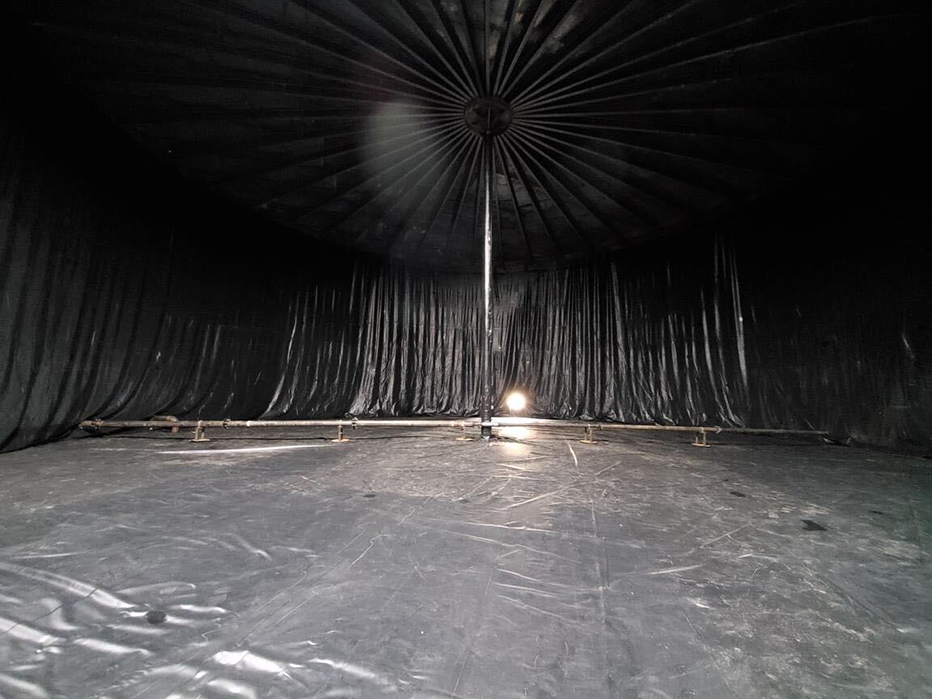For Dicamba, the Future Is Lawsuits
In the space of a day, fallout from Bayer and BASF’s dicamba-resistant technologies shifted from an amalgam of thousands of drift injury complaints, scattered fines, and tumult within every thinkable pocket of American agriculture over the past three-plus years, to a new and perhaps even trickier phase.
Just as the war on glyphosate came hurtling through the legal system, so now begin the dicamba lawsuits, attracting the public’s scornful eye along the way. It already has.
For anyone with wi-fi, it’s been tough to miss the deluge of news reports on the Bader Farms verdict from Feb. 15: Jurors in federal court in Cape Girardeau, MO, sided with the state’s largest peach producer, awarding Bill and Denise Bader a total of $265 million in damages and holding Bayer-owned Monsanto and BASF equally liable for extensive dicamba drift damage to their peach trees. This was despite there being no evidence of dicamba found on the farm. Bayer and BASF swiftly announced they would appeal the verdicts.
“The thing that first struck me, is that this case was not tried in some court in California, a long way from here. This case was filed in Monsanto’s backyard, and they lost,” Dr. Aaron Hager, Associate Professor at the University of Illinois, observed to CropLife. “This is something that is going to now resonate across the Midwest, perhaps even as much as these glyphosate verdicts that have taken place on the West Coast. I think it’s going to open the door to even more (lawsuits).”
Hager’s prediction was echoed by Carl Tobias, law professor at the University of Richmond, who told NPR, “The dicamba cases are going to multiply in light of this huge victory.” Tobias, who has been teaching law for four decades, said an appeal of the verdict seems unlikely.
Hager continued: “Here you’ve got a company who literally bemoans jury verdicts for ignoring science in glyphosate. Yet, now you have cases where it’s in the published literature – that Bayer’s formulation for XtendiMax is volatile. They seemingly either ignore that or downplay it. I don’t know how you maintain company credibility, when you stand up and cry out, ‘We need science!’ in one case, but not in every case.”
Bayer, in its response to the verdict, stood firmly behind its product. “We take very seriously our stewardship when introducing a new technology. This is why since the introduction of the Xtend and XtendFlex technology by Monsanto prior to Bayer’s acquisition, the company invested substantially in training, nozzles, and other resources to help growers best use the technology. We’ve seen marked improvement as acreage has increased and the number of off target movement inquiries to our call centers have gone down. We are committed to continue this approach and continuously improve.”
Problem with ‘Much-Needed Tool’
Monsanto, now Bayer, has frequently touted the Xtend system as a “much-needed weed control tool” for growers battling resistant weeds. Adoption of the technology has been rapid, with up to 60 million acres of Xtend soybeans planted in the U.S. last year, from 20 million in 2017.
“The fact is, this technology has allowed farmers to take back control of their fields from tough-to-control weeds that were driving cost upwards and yield downwards,” Ryan Rubischko, Bayer’s North American Dicamba Portfolio Lead, has said.
Further, the company points to EPA’s extension of the registration in 2018, to the drastic reduction in complaint phone calls to its 1-844-RRXTEND number, and to what it calls a 95% weed control satisfaction rate with farmers who used the technology over the 2017 and 2018 seasons.
“What if 100% of non-users are not satisfied with it? That’s the problem with one-sided statements like that,” Hager offered as a rebuttal. “Bayer has always been a company that’s prided itself on science, openness, and transparency,” he added, yet, “this messaging that things are so good, that their numbers are going down and things are great, is so misleading. It doesn’t do anybody any good.”
Dr. Fred Whitford, Clinical Engagement Professor with Purdue University Pesticide Programs, agreed that such a claim – that a majority are happy with this product – is immaterial.
“Hundreds of thousands of complaints is a lot of complaints. I don’t look at it as a majority or minority, it’s, ‘Can we apply this product and keep it in place?’ It looks like we have a difficult situation doing that, and it’s unfortunate, because it’s a very good product from a weed control perspective,” particularly at a time when new active ingredient discoveries that can meet marketplace demands have eluded agrochemical companies, Whitford told CropLife.
Over his 30-year career, Whitford called the last three with dicamba-resistant technologies the toughest. “I’ve been through all kinds of wars and battles and back and forth with these (pesticide) products. As somebody who works within the farming community, I have never seen it this bad.”
What, then is the solution?
“The solution, I believe, will be this. Whether it’s the new 2,4-D (Enlist) or the next products in line, whoever can bring us a product that can deal with resistance and can keep on target and will not volatilize or move, that particular company will take over this multi-million dollar market.”
Email the author at [email protected] with your comments and questions.






